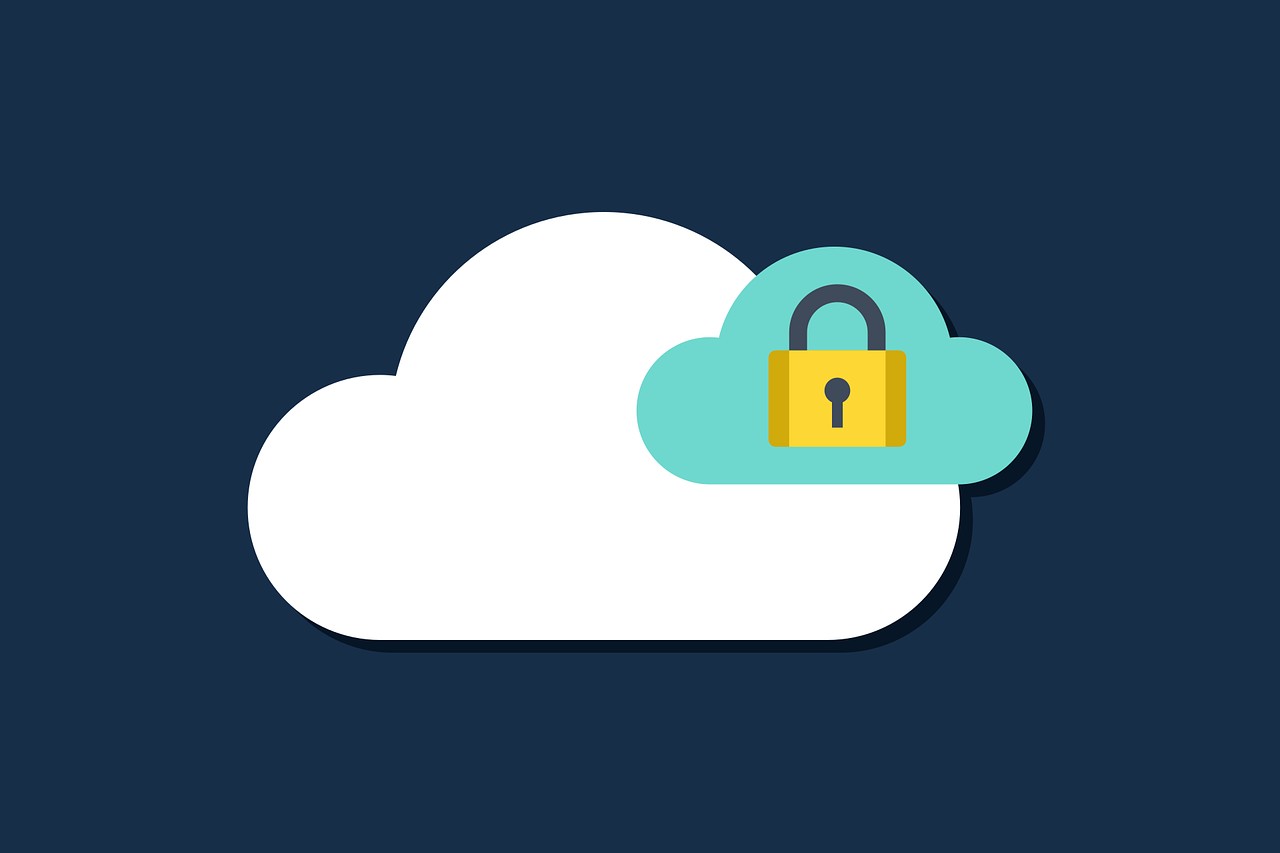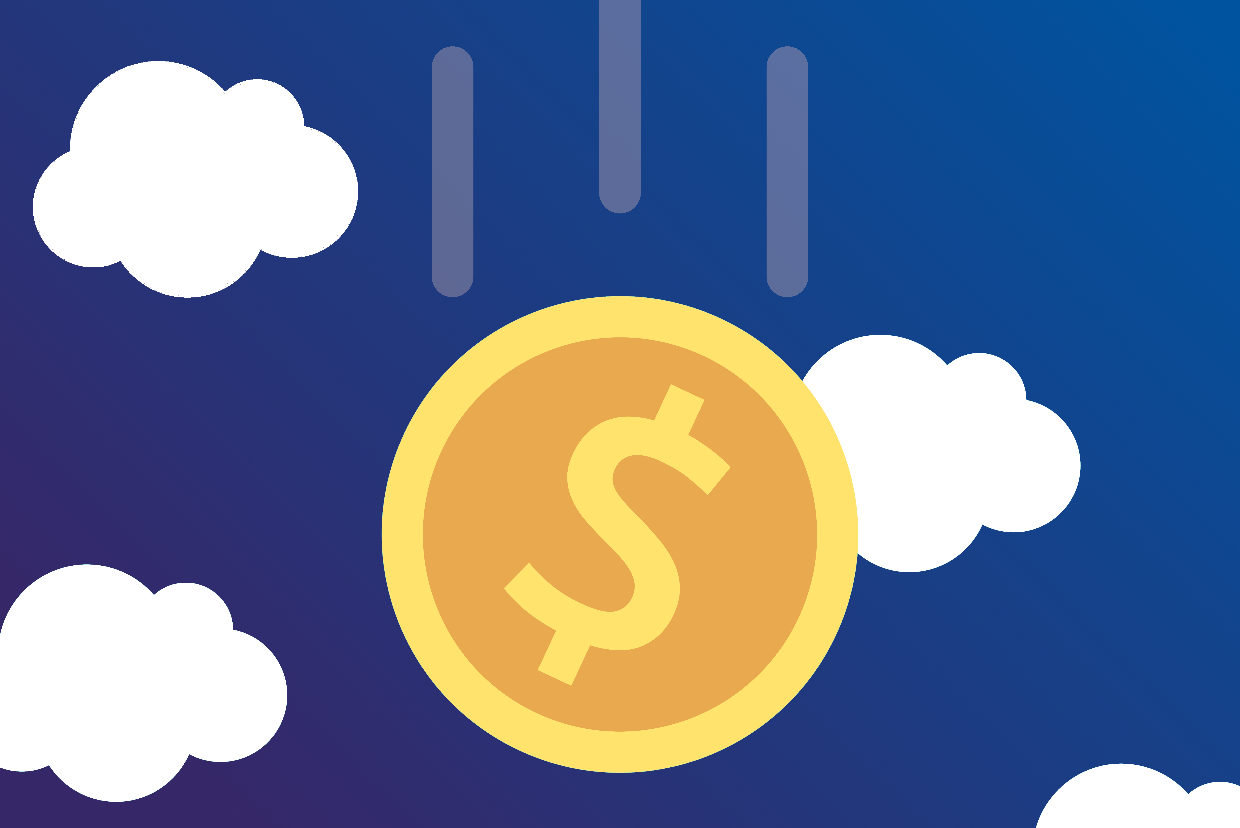Reaching for the stars is a little bit easier when you’re standing on a cloud. In this digital age, businesses are doing exactly that — almost literally.
Thanks to cloud computing, businesses are learning how to better equip themselves for the future. Cloud-based software simply makes them better all-around — they’re faster, more efficient, more productive, more insightful and more resilient.
Most importantly, the cloud is making businesses more secure. Companies collect massive amounts of data throughout their digital infrastructure, making them potent targets for attacks from bad actors. To stay safe from cybercriminals, companies are again turning to cloud-based technology.
In this article, we’ll run through everything there is to know about cloud security. We’ll tell you what cloud security means, why it’s important and what it can do to keep your data safe.
WHAT IS CLOUD SECURITY?
When it comes to cloud security, we’re talking about the practice of securing a company’s data while it resides in cloud infrastructure. Whether that information is static — as in just sitting somewhere waiting to be moved — or in the process of being transferred, cloud security is an end-to-end undertaking.
Although consisting of many levels and processes, cloud security is the catch-all term used to describe how cloud data is safeguarded. At every angle, this software-as-a-service (SaaS) model protects the company from data leaks, breaches, extortion or attack.
WHY DOES CLOUD SECURITY MATTER?
The importance of securing the cloud cannot be overstated. As the world goes digital, so too does its information. According to IDG, 92% of company IT departments are at least somewhat in the cloud today.
Modern companies collect data like bees collect pollen — it’s just natural. But all of that data collection puts a massive target on an organization’s back. In fact, 79% of companies have experienced at least one cloud data breach in the past 18 months, according to Ermetic.
Bad actors are becoming more effective at breaking into a given company’s infrastructure. As they attack more frequently — every 11 seconds per Cybersecurity Ventures — companies need to stay prepared. A cybercriminal could strike any moment, making cloud security all the more critical.
Here’s how cloud security stops these threats in their tracks:
24/7 INFRASTRUCTURE SURVEILLANCE
Cloud security takes a panopticon approach to surveilling your company’s cloud infrastructure. By seeing everything at all times, cloud security applications can quickly identify and eliminate a threat.
When it comes to data security, speed is everything. The longer a bad actor is inside your network, the more time they have to interfere with and disrupt your infrastructure. Thanks to the cloud, security processes can tackle threats as soon as they identify them.
PROTECTION AGAINST DDOS ATTACKS
One of the most common types of cybercrime is a distributed-denial-of-service attack (DDoS). By literally denying consumers access to a company’s service, such as its website or platform, cybercriminals inflict considerable damage on the business.
According to Indusface, the average cost of a DDoS attack can range between $20,000 and $40,000 per hour. Cloud security, however, saves your company these financial and reputational losses by ensuring continuity of service. A good cloud solution can identify spikes in synthetic traffic and divert them away from your network.
FIREWALL DATA BREACH PROTECTION
As holders of private and sensitive information, it’s a company’s responsibility to keep that data out of the hands of bad actors. Cloud security uses many processes to counteract would-be data breaches. Firewalls, for example, monitor for suspicious traffic and eject cybercriminals before they can access sensitive information.
ARTIFICIAL INTELLIGENCE
Cloud-based solutions, including AI, are capable of patrolling your network top to bottom. Thanks to their machine learning capabilities, AI algorithms can learn what regular activity looks like to identify anything suspicious.
Repeated attempts to access files, spikes in traffic and other giveaways can alert AI that something is wrong. Within seconds, the AI program can subdue the threat and keep your network safe from a potential breach.
ACCESS CONTROLS AND AUTHENTICATION
Cloud security solutions allow companies to set specific parameters for accessing certain assets within their infrastructure. Certain employees may have access rights that others don’t, just as actors outside your network shouldn’t have access, either. This process helps protect against the risk of stolen credentials opening doors into your cloud infrastructure.
DATA ENCRYPTION
When data moves through your network, it’ll be filtered first through the cloud. At this point, security encrypts the data so that it can’t be read by third parties who lack the necessary cipher, authentication and key.
THE CLOUDS KEEP RISING
As the practical applications of cloud technology evolve, so too are the companies adopting those systems. Gartner predicts worldwide end-user cloud spending will jump 18% this year, underscoring the accelerating pace of cloud computing around the world.
Cybercriminals, meanwhile, will lick their wounds and gear up for another go-round. Thanks to cloud security, businesses won’t have to worry about keeping their data safe — the cloud has it covered.






